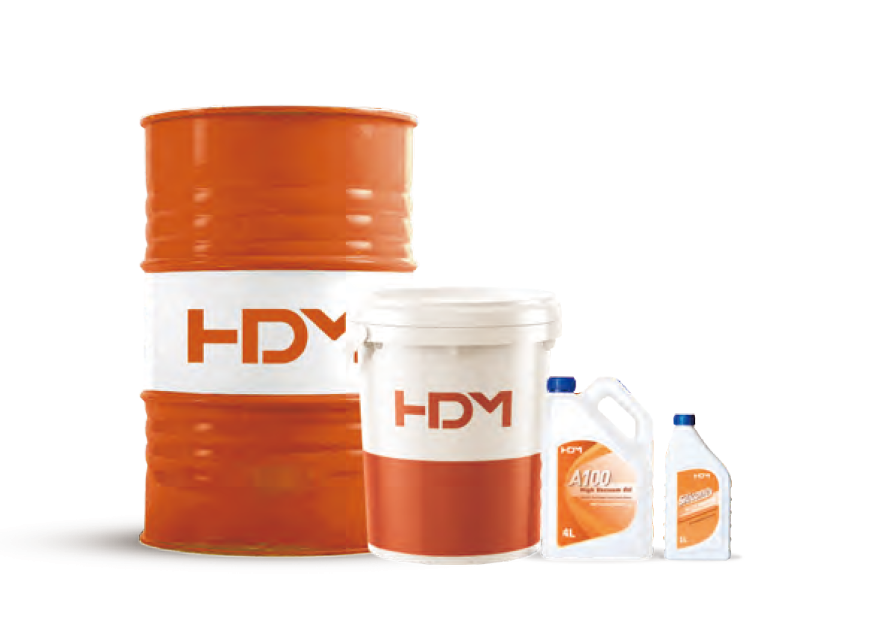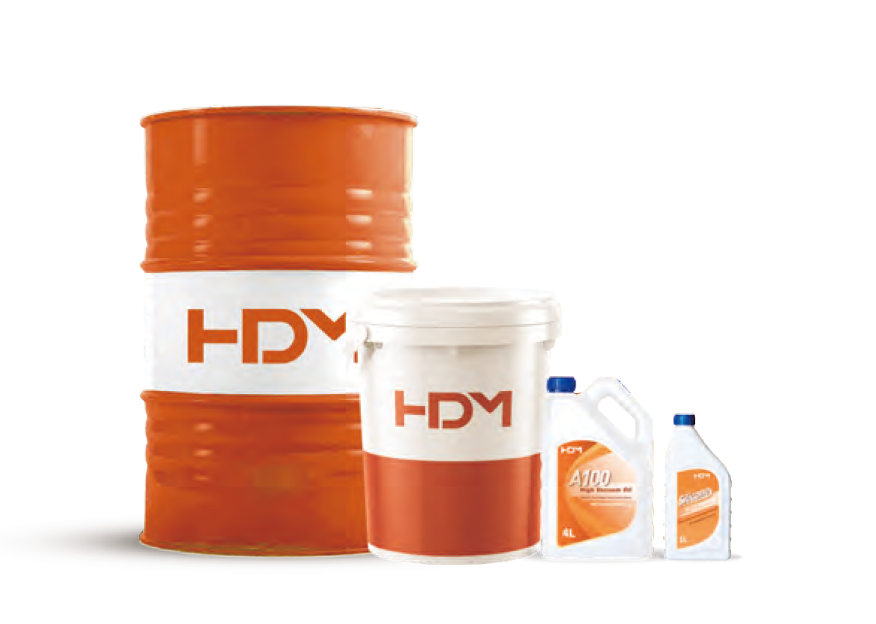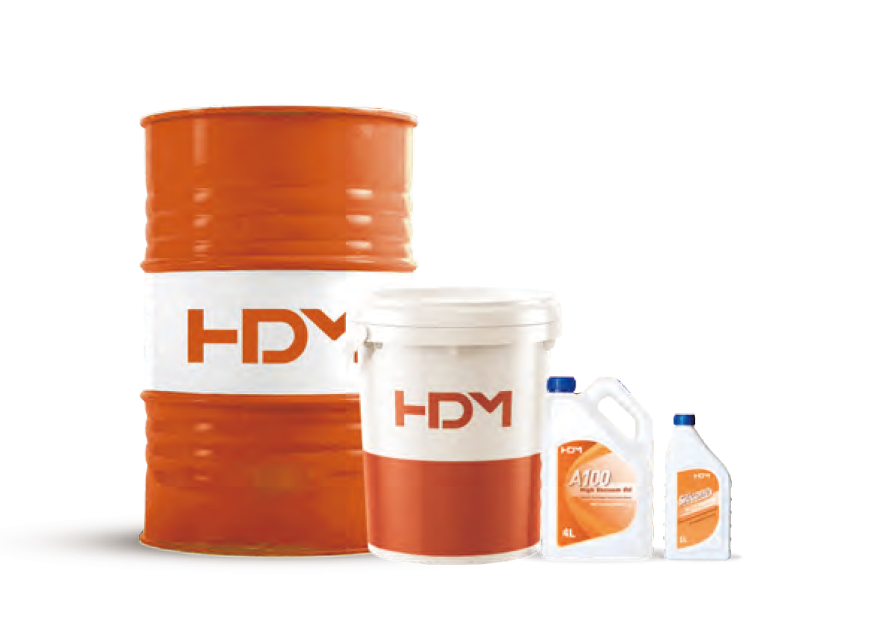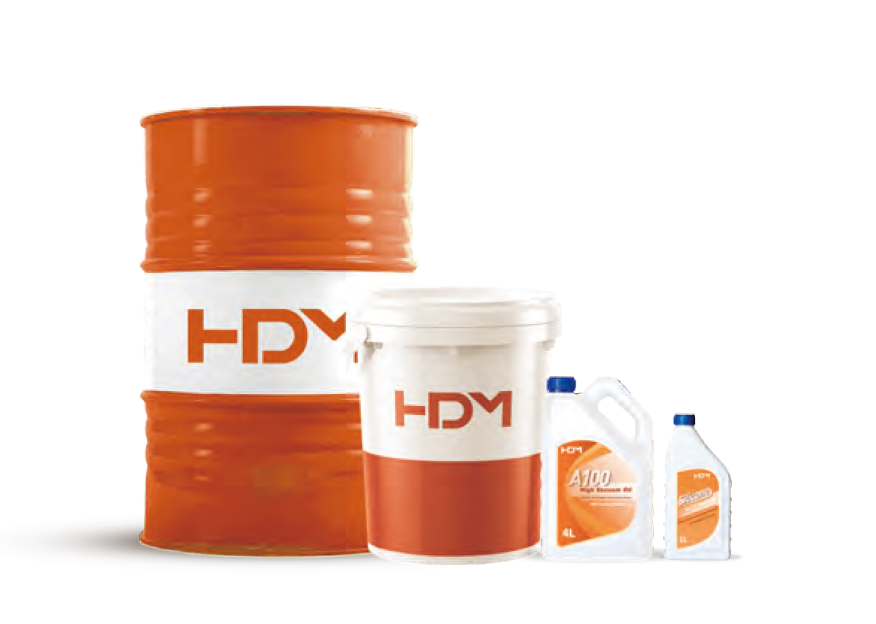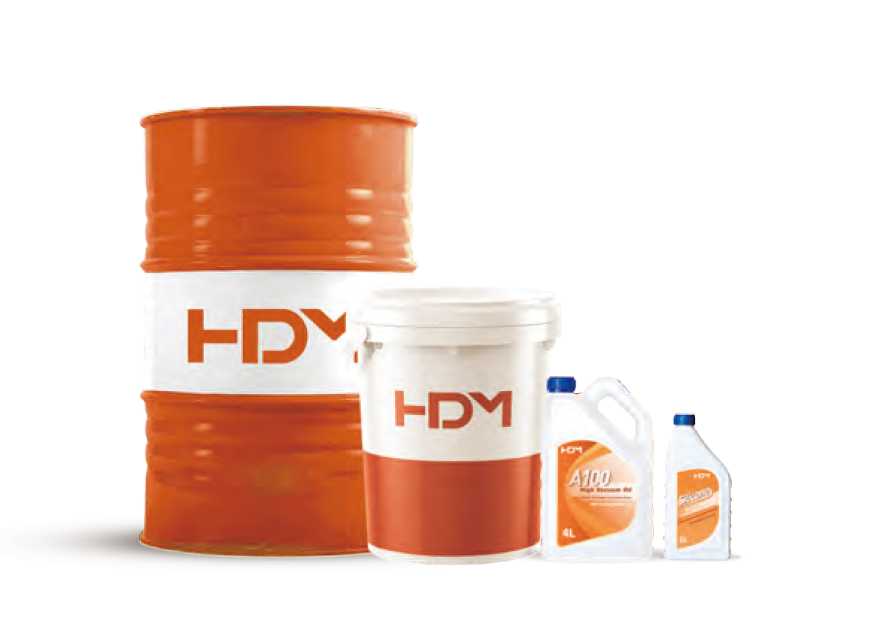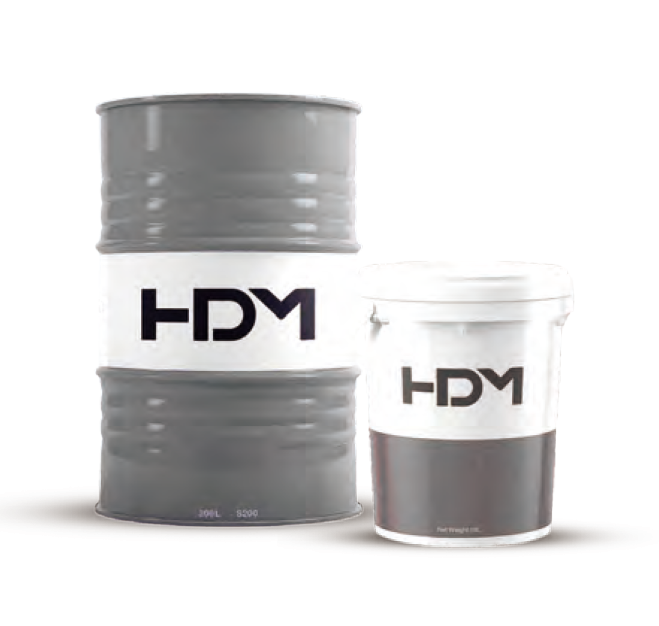Most cold rolling mills are constantly reusing cold rolling oil. The quality of used cold rolled oil in a clean tank depends on many factors. HDM provides regular quality checks to its global cold rolled oil customers. This allows the quality of the cold rolling oil to be monitored and the correct product to be ordered to maintain the desired oil properties.
Medium and large cold rolling mills require pure cold rolling oil for the lubrication of the roll nip and cooling of the metal strip. This means continuous use of high flow and large volumes of cold rolling oil, which is then recovered below the cold rolling mill and collected in dirty oil tanks. Filtration systems are used to purify contaminated oil by removing metal particles. The filtered oil is pumped into a clean tank for reuse.
HDM conducts regular oil quality checks
The quality of used cold rolling oil in a clean oil tank depends on many factors:
- Efficiency of the filtration system
- recharge rate
- additive concentration
- Contamination from various sources, such as hydraulic oil.
HDM provides regular quality checks to its global cold rolled oil customers. Customers can collect oil samples themselves and send these samples to specialized laboratories. Analyze oils and report results, including visual trends and commentary from Q8Oils experts.
How does HDM detect oil quality?
The effectiveness of the filtration system is measured by Millipore analysis. With this filtration test, we pass an oil sample through a 0.45 micron filter and measure the residue. The amount of residue depends on the type of metal strip being processed through the cold rolling mill and the efficiency of the cold rolling oil filtration system. Cleaner cold rolling oil is better, the presence of particles in the oil can have a negative effect on the strip surface quality, but this also depends on the size of the particles.
Analyzing the Viscosity of Cold Rolling Oils
Theoretically, the viscosity of a cold rolling oil remains similar during its service life. However, in practice we often see viscosity changes. This is mostly due to hydraulic oil leakage, resulting in an increase in the viscosity of the cold rolling oil. Without regular oil analysis, it can be difficult or impossible to tell if changes in viscosity are part of a trend or just happen by chance.
With regular oil analysis by HDM experts, the quality of the cold rolling oil can be monitored and the correct product can be ordered in time to maintain the desired oil properties.



